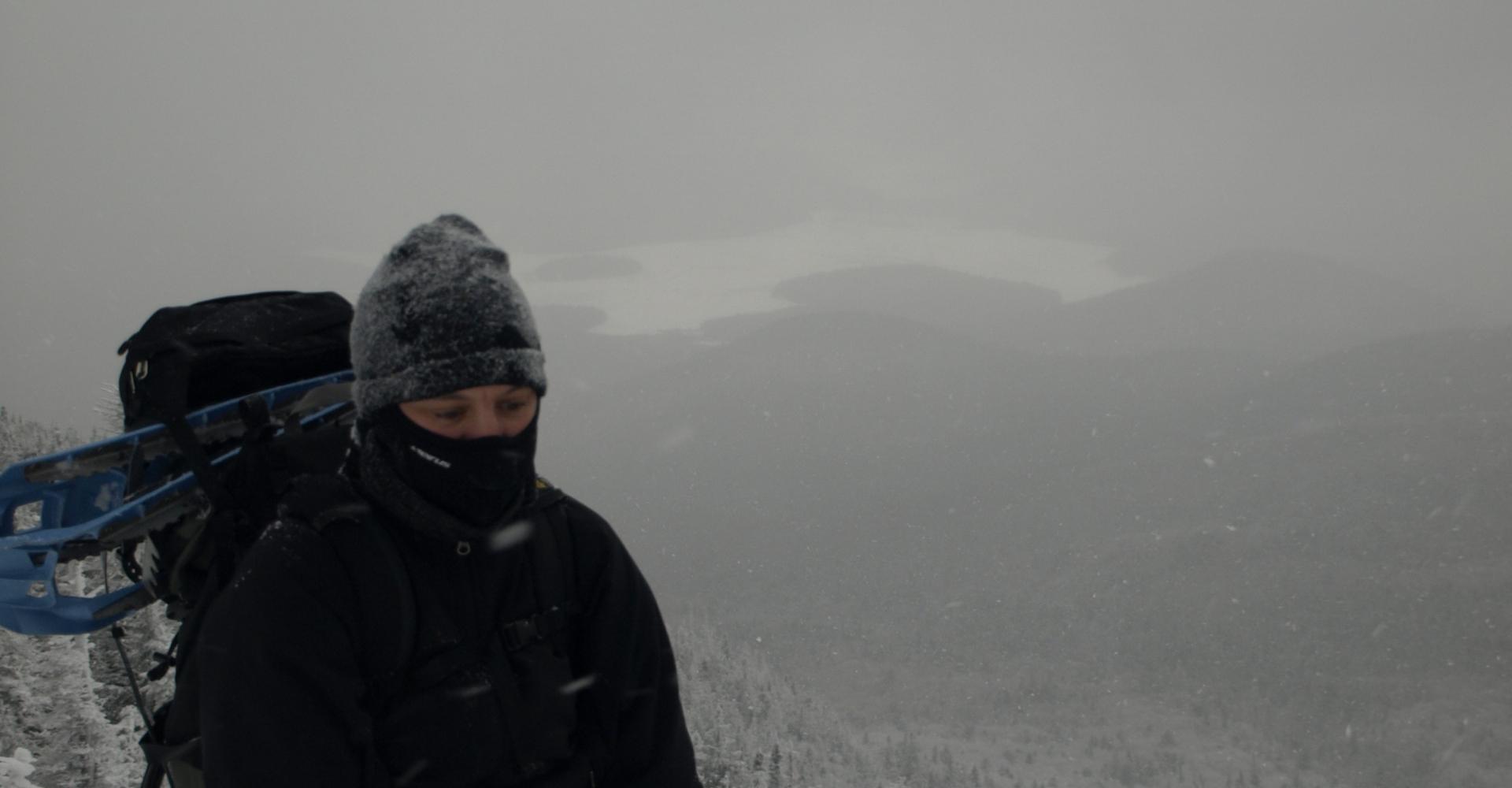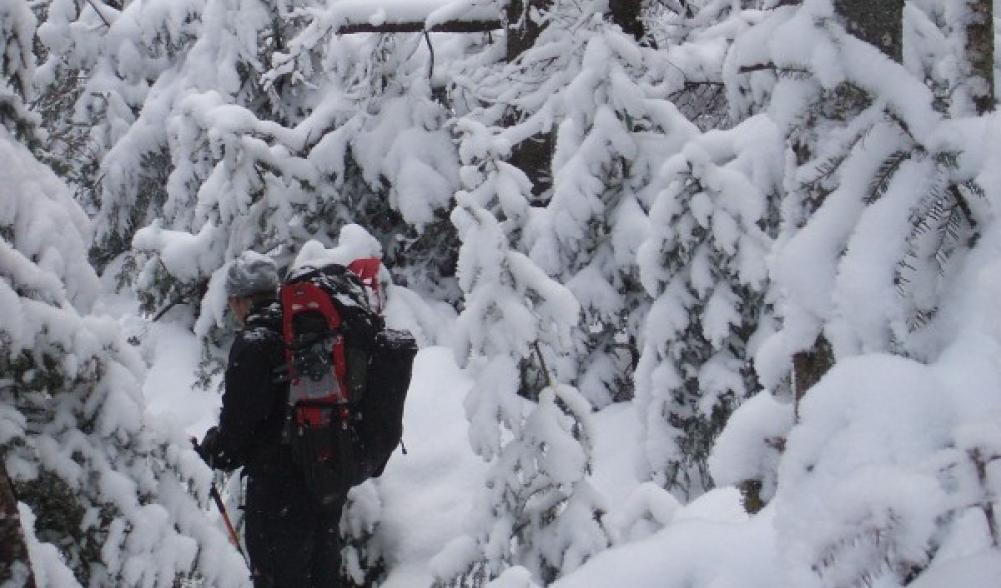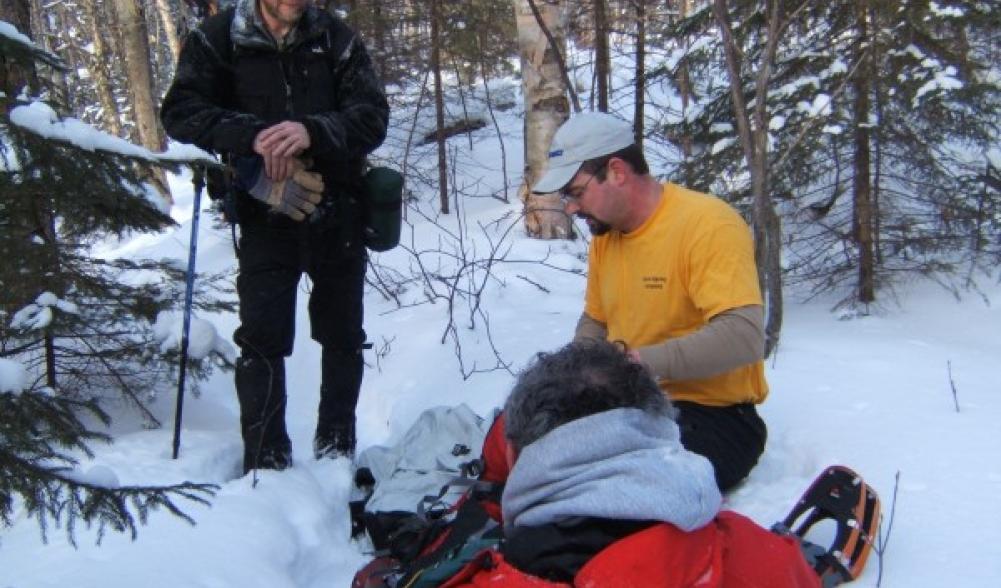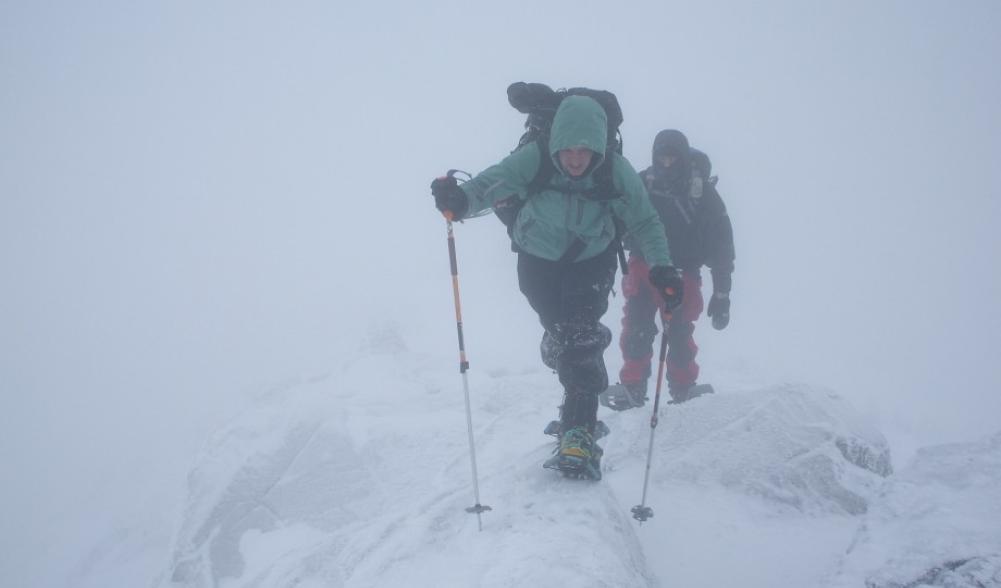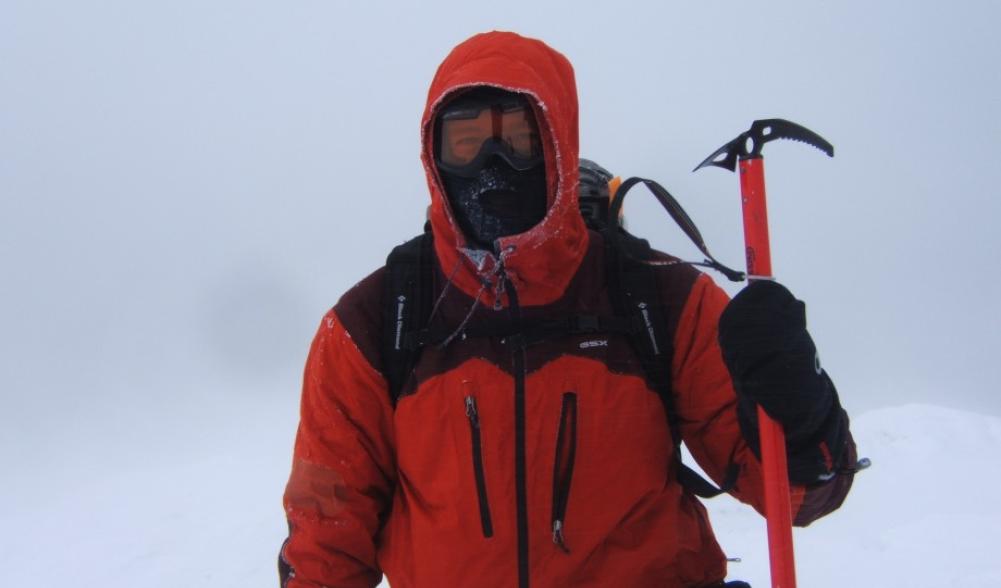In lieu of the recent frigid temps we have been having, I thought I would step away from the reporting on my recreational activity of the past week and touch a little bit on cold weather preparedness and cold weather injury prevention. I want to point out that I am not rewriting the bible here, but giving you a basis to start with, for your own outdoor winter and cold weather activities. I strongly recommend further reading and classes, but until then here are a few bullet points to pass the time:
- First thing is first, at a minimum, if you venture out – and this goes for any time of year - let someone know your plans, routes and expected time back.
- Check the weather periodically for up to a week ahead of time to help recognize odd weather patterns, like decreasing temps. These weather patterns could be very beneficial if you were to go out for several days camping with no access to a weather report.
- Be over-prepared! This doesn't mean carry a 100 pound pack to camp or a 45 pound daypack. It means think about your gear and what multiple uses they have. For example: a simple 10x10 tarp that weighs in at less than 6 ounces can be used a vapor barrier, a quick shelter from the elements, a splint, or a ground cloth.
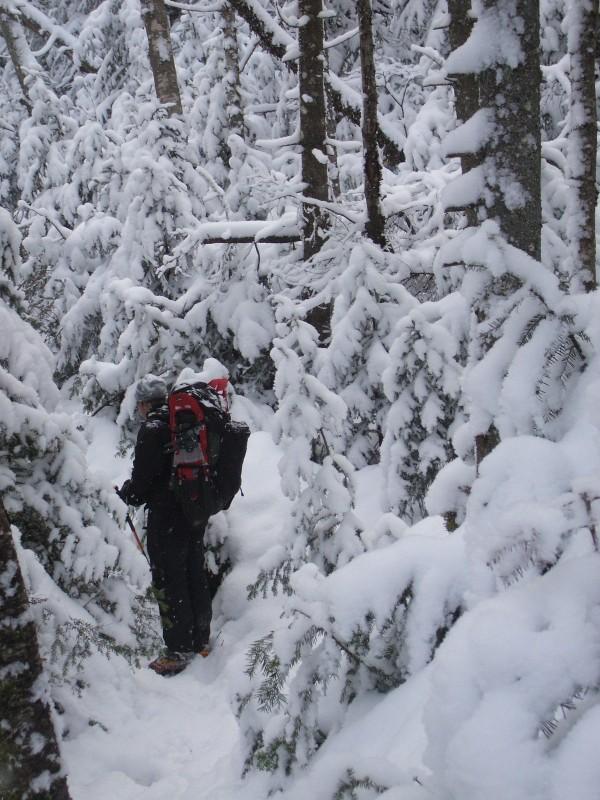
- Have extra, dry clothes and use them. On a day hike, if you can change your baselayer just before you hit tree-line, you will be warmer and happier. Extra socks are great too. The socks on your feet get sweaty and then your feet become cold, change your socks if needed. Socks also make great water bottle insulators and emergency mittens. At camp, change into dry clothes right after camp is set-up and wood for a fire is collected (if fires are permitted).

- Always dress in layers, always!! Baselayer, midlayer (fleece), waterproof/breathable layer with a hood and insulating layer. One bulky jacket is equal to two or even three layers sometimes, sounds efficient right? What if you get over heated? Then you take off the one jacket and you're cold. With layers you can peel back your coverage one layer at a time until your temperature is correctly regulated.
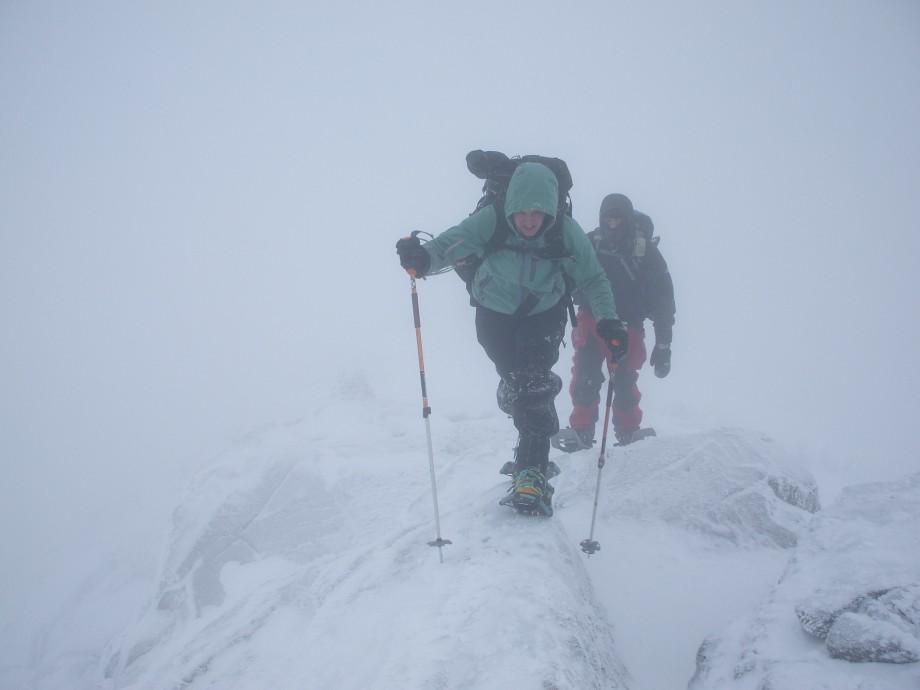
- COTTON KILLS, period. Leave cotton for shopping and sleeping. Use wool or synthetic fibers for layering.Hike a bit cool (but not cold) to not overheat and layer up when you stop or just before tree-line.
- Always communicate with your partner – be honest – adjusting for cold digits when they are cold and in pain, is too late. No one is going to stone you for being uncomfortable and wanting to better your situation.
- Take a first-aid and CPR course and one step better a WFR (Wilderness First Responder) course.Ambient temperatures are different than temperatures with wind chill, be sure to adjust for it.
- Drink, drink, drink. Not alcohol or too much of caffeinated beverages. You can lose over 1 liter of water a day, just through breathing alone. Drink if you are not thirsty, dehydration happens in cold weather too. Warm drinks are very nice, but not always feasible.
- Snack and eat often. You burn way more calories in the winter than in the summer, up to 5000 calories a day. Your body works harder to stay warm and this burns calories. Keep snacks close to heart, in what I term an oven pocket. Keeping quick to eat snacks in a midlayer keeps them warm a pliable and much more enjoyable and easy to eat. This also keeps them accessible to make it quicker to grab some energy on the move without stopping and cooling off.
- Keep your water insulated to postpone your water from freezing. Purchase a water bottle parka or insulating tube. Also, store your water upside down to prevent the top from freezing over. If you make the bottom of your bottle the top, the bottom will freeze. Water freezes where there is air. Be sure the cap in on tight. Try and avoid metal bottles and small mouth bottles, these freeze quicker.
- Purchase a pair of mittens and chemical hand warmers. Fingers like to be close together, and this is not possible in gloves.
- Try out sock and glove liners for layers on your extremities, they work wonders.
- Hats work wonders, they can regulate your body temperature. You lose mast of your heat through your head. Take a hat off to cool down, put it on to warm up. It's quite odd, but you can warm up your hands and feet, by simply keeping your head warm.
- If you do get cold hands and feet that can't be warmed right away, skin to skin contact is the best. Use the belly, armpits and crotch area for optimal warmth. Lightly massaging the cold area also helps blood flow, but don't use too much pressure.
- Exposed skin can become injured skin. Have something in your pack that will cover all skin area. A balaclava and a pair of goggles can be essential for face protection.
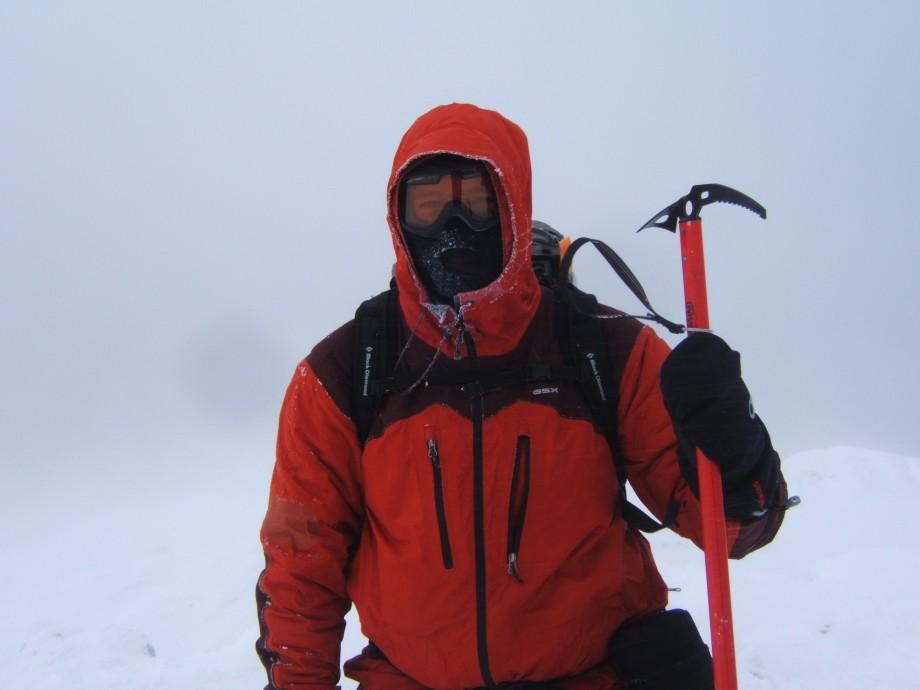
- Traction is a must. Of some sort, you should have a way to travel on slippery surfaces and snow. Snowshoes or skis are required if there is more than 8 inches of snow. Consider a pair of trekking crampons or Micro-spikes.
As I mentioned this is a list to get you started, but there is so much more about winter activities, that's why there are books written on the subject. Check out a local gear shop or bookstore and pick up a copy to have on hand for reference at the beginning of each cold weather hiking season.
For additional help with winter mountaineering, hiking and camping and ways to become prepared, contact a local guide service for classes. Spencer Morrissey is a two-time winter 46er.

